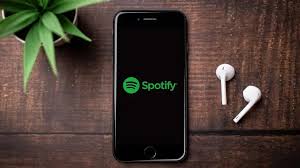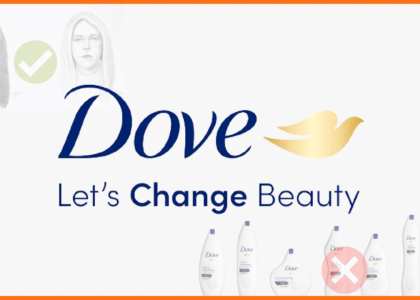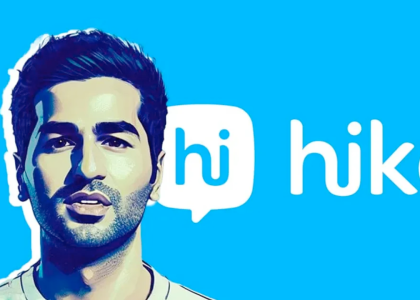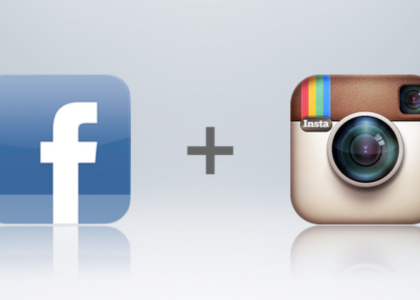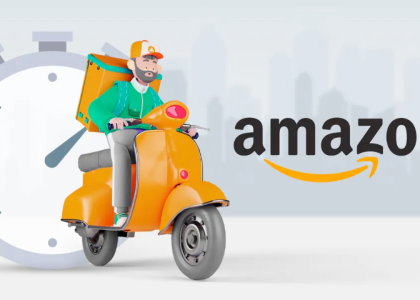Executive Summary
Spotify’s business strategy, centered on the freemium model, has transformed it from a disruptive digital music streaming startup into a global entertainment powerhouse. Unlike traditional subscription-only models, Spotify pioneered the concept of offering free, ad-supported music streaming to drive user acquisition and convert free users to paying subscribers. Over the past decade, this approach has allowed Spotify to scale across more than 180 markets, grow to over 600 million users, and generate more than €13 billion in annual revenue by 2023. This case study dissects Spotify’s transition from growth-at-all-costs to a sustainable path toward profitability by innovating on monetization, personalization, creator tools, and operational efficiency.
Background / Situation
The Digital Music Disruption
- The early 2000s saw the collapse of CD sales and the rise of music piracy.
- iTunes offered legal ownership of digital tracks but lacked streaming convenience.
- Spotify launched in Sweden in 2008 with a freemium model: unlimited access to music with ads or paid premium access.
Key Initial Challenges
- Licensing Costs: Expensive royalty payments to labels and artists.
- Low ARPU (Average Revenue per User): Ad-supported users contributed little revenue.
- Customer Churn: Competition from Apple Music, Amazon Music, YouTube Music.
- Operational Burn: Free-tier user growth was not initially matched by monetization.
By 2015, Spotify was growing rapidly but still unprofitable, triggering the need for a well-defined path to monetization.
Strategy / Approach Taken
1. Freemium as an Acquisition Engine
Spotify offered unlimited free access (with ads) to its full catalog. The idea was:
- Attract millions of users by eliminating price friction.
- Personalize experience to increase stickiness.
- Convert engaged users into paying Premium subscribers.
“Our free tier isn’t a trial. It’s a product—and a funnel.” – Daniel Ek, CEO
2. Segmented Monetization Strategy
- Premium Tiers: Individual, Family, Duo, Student – localized pricing per country.
- Ad-Supported Tier: In-house ad tech and Spotify Audience Network (SPAN).
- Podcasts & Audiobooks: Introduced exclusive content and monetization tools.
3. Creator Marketplace Expansion
Spotify launched tools for creators, such as:
- Spotify for Artists: Analytics, insights, and promotional tools.
- Marquee & Discovery Mode: Pay-for-promotion programs.
- Anchor: Podcast creation and monetization tools.
4. Globalization + Localization
- Entered Tier-2 markets like India, Indonesia, Nigeria with mobile-only, data-light experiences.
- Curated regional playlists and enabled vernacular marketing.
5. Cost Rationalization
- Optimized cloud storage and delivery.
- Negotiated better licensing terms with labels.
- Implemented staff restructuring in 2023–24 to improve operating leverage.
Implementation
Product Enhancements
- Discovery Algorithm: Spotify Wrapped, Made for You, Discover Weekly.
- User Experience: Offline downloads, no ads in Premium, cross-platform sync.
Partnerships
- Telecom Bundles: With Verizon, Vodafone, Airtel for subsidized Premium access.
- Hardware Integrations: With Google Home, CarPlay, PlayStation, Smart TVs.
Platform Expansion
- Podcasts: Exclusive shows (e.g., Joe Rogan, Michelle Obama).
- Audiobooks: Introduced in 2022 as a pay-per-book and subscription format.
- Live Audio: Spotify Live (Clubhouse competitor).
Key Milestones
| Year | Milestone |
|---|---|
| 2018 | Went public via direct listing |
| 2019 | Acquired Anchor & Gimlet Media |
| 2020 | Launched SPAN for programmatic ads |
| 2021 | Spotify HiFi announced |
| 2023 | Cost restructuring, margin optimization begins |
Results & Impact
User Growth
- 2023: 600M+ monthly active users
- Paid Subscribers: Over 230M (conversion rate ~38%)
Financial Impact
- Revenue: €13.2B in 2023
- 87% from Premium
- 13% from Advertising
- Gross Margin: Reached 27.6% in Q4 2023 (targeting 30%+)
- Profitability: Reported first quarterly operating profit in Q3 2023
Market Leadership
- #1 music streaming platform globally (30%+ market share)
- Leading podcast platform in 100+ markets
Brand Equity & CX
- High NPS due to personalization
- Spotify Wrapped became a cultural phenomenon
- Spotify Blend & Collaborative Playlists enhanced community features
Best Practices / Learnings
- Freemium Works—If You Convert: The success of freemium lies in deep personalization and smart segmentation.
- Own the Ecosystem: Tools for artists, advertisers, and users create platform lock-in.
- Content = Differentiation: Exclusive content boosts loyalty and brand value.
- Localization Matters: Hyperlocal UX, playlists, and pricing drive global growth.
- Monetize Every Minute: Ads, subscriptions, audiobooks, and creator tools diversify revenue.
- Efficiency is Key to Scale: Profitability emerged not from cutting innovation but from streamlining operations.
Sources
- Spotify Investor Relations (2020–2024)
- Spotify Q4 2023 Earnings Call Transcript
- The Verge, TechCrunch, Bloomberg, Financial Times
- Goldman Sachs Music in the Air Report 2023
- Harvard Business Review: Freemium at Scale
- Business Insider Interviews with Daniel Ek


